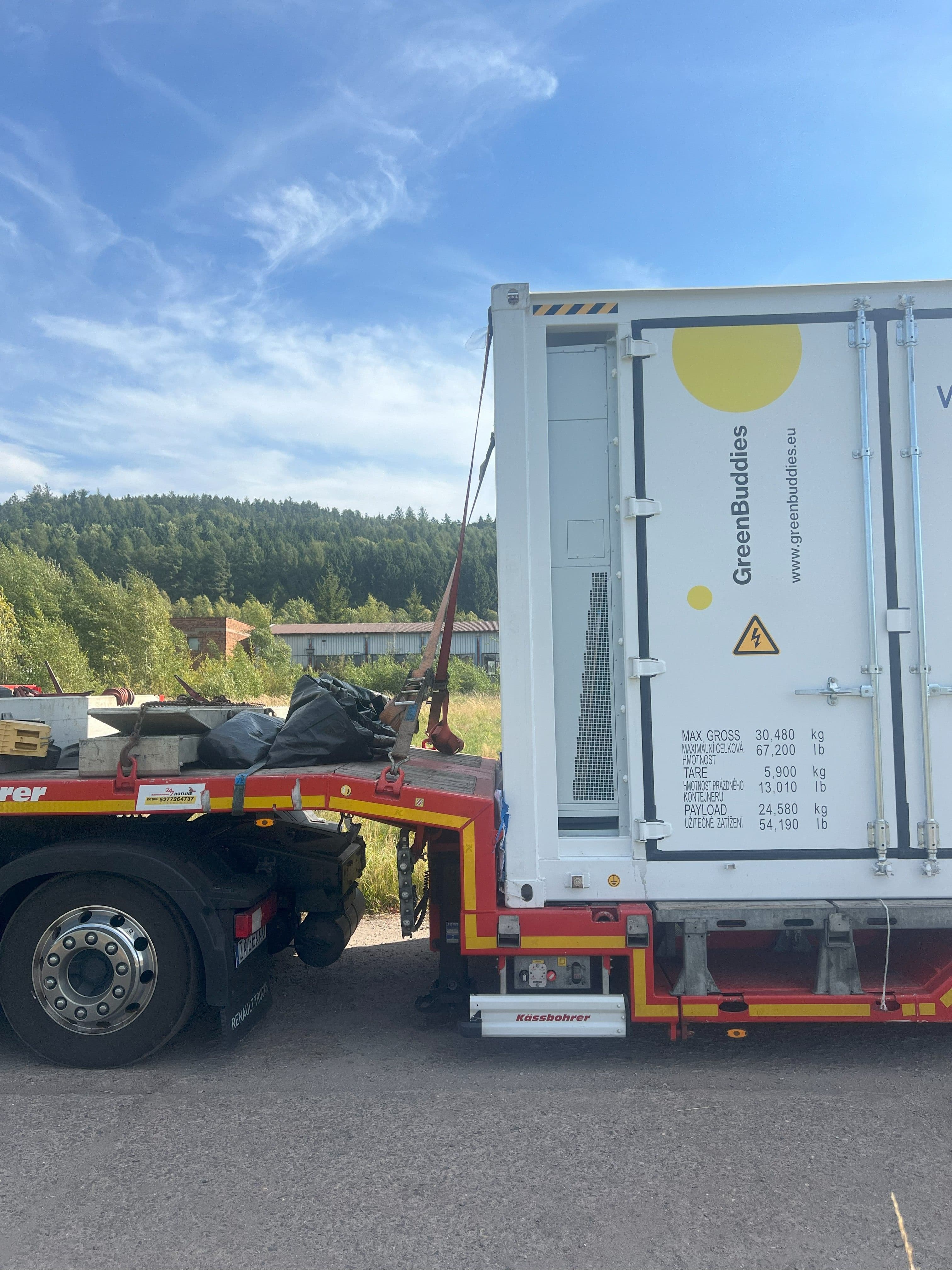Permits and lead times
BESS logistics should be planned at least a month in advance. The carrier must obtain special permits for oversize and hazardous loads. If lifting/unloading occurs from a public roadway, additional permissions—lane occupation or full closure—are typically required. That can add months, involving local authorities, road operators, and other stakeholders. Any oversight risks schedule slippage and cost escalation.
Terrain and access routes are decisive
Battery containers and cranes require a stable, load-bearing platform. A temporary gravel track typical for PV sites is rarely sufficient. Access roads and laydown/crane pads must carry a truck with a 45-ton container and a heavy crane plus counterweight trucks. A geotechnical survey is essential; road and pad build-ups should be engineered and constructed accordingly.
Logistics coordination down to the last detail
Early alignment with the logistics provider is critical. They will define technical constraints: turn radii, crane outrigger requirements, route passability, bridge clearance limits, etc. Based on these inputs, the designer specifies exact handling zones, required ground bearing capacity, and the approved route to the installation point.
On-site handling: Precision with zero compromise
A BESS container is placed as a single, heavy assembly and must be set with high positional accuracy. A few centimeters off can trigger time-consuming rehandling. The foundation must be prepared precisely—typically a reinforced concrete slab with pre-formed penetrations for bottom-entry cabling. A single 2 MW / 4.5 MWh container can require 30–35 power cables across DC, AC, and data, so conduit layout and pull lengths must be finalized in advance.

